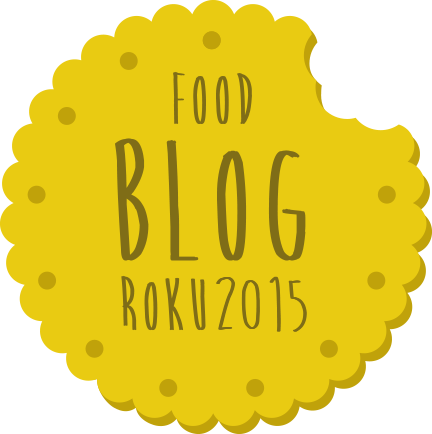Usually, the black color of the pastry can be activated charcoal (medical charcoal). You can buy it quite commonly in a pharmacy or on the internet and is a modern replacement for charcoal. Whether it sounds like COOL or not, the recipe for this lemon loaf could be a good thing! :-) In the recipe, I use a base of more grains and an article about it here , a few recipes back.
Black spelled yeast bread
17. July 2018

Have you ever seen black bread somewhere? Or black burger buns? I am also in the Gastrokrouzek cookery - We have joined us with food , prepared black tortillas filled with chopped meat, fermented vegetables, ... They were very welcome! :-) And do you know what black is so? The couple asked you about the cuttlefish dye in the context of this bread and tortilla.

Postup
Mix yeast, 120 g of rye flour and 120 g of lukewarm water to prepare the yeast. Usually, I do this in a large jar or medium bowl, covered with a plate for maturation, which should take about 10-12 hours at room temperature.
You can also now prepare more grain / multi grain porridge. The point is not to make it hot in the dough. Put in a smaller pot 100 g of the mixture you choose / mix and pour 450 g of water. You can let it swell somewhat and then cook into a thicker slurry.
We can now move in time, until the quark is well fermented and the mash is cooled. Put the water in the large bowl or the mixing bowl of the robot, mix both flours and mix briefly. Allow at least half an hour of flour to swell.
Dust the dough gradually (do not forget to remove the spoon of the leaven for the next bake), all the slurries, spices and activated charcoal. Leave the mix for 10 minutes to rest and add salt in the end. Thoroughly craft the dough ideally with a robot of pickle (of course there will still be pieces of cooked or cooked grains and seeds). Let it rise.
Even though the dough goes into shape and is a bit thinner than a conventional bread dough, its future structure will help intermittently fold over the next 4 hours of ripening. So, once in a while, grasp the dough with a scraper / card, pull out as a chewing gum and fold over the other end and repeat it on the other side.
By the end of this time, the dough will be more compact and more flexible.
Divid the prepared dough and move it into two spray- dried bread molds . Now give it the last time. You can have a steam oven at room temperature, in a closed oven or even with a rising program. The dough will also help to stretch in the fridge / in the winter months between the windows. So if you do not hobble on the bread, both molds can cool for another 12-16 hours. (Or one to cook straight and the other the next day :-)
When the dough approaches an almost notional doubling, preheat the oven to full power at 250 ° C.
Bake vigorously for 10 minutes at 250 ° C (you can splash a little water at the same time), then lower the power to 220 ° C. Then bake the bread for another 30-40 minutes.
If you have a steam oven at home, this is a great helper and you can take advantage of the extended options. But the principles apply the same. Put the bread in a hot oven that has high humidity. After 10 minutes, you no longer need moisture and do the next 30-40 minutes at 220 ° C. Gently pull the baked bread out of the mold and allow it to cool well on the grill. I cover it with a cloth (or you can lightly splash it with water) to have a thin, crispy crust.















